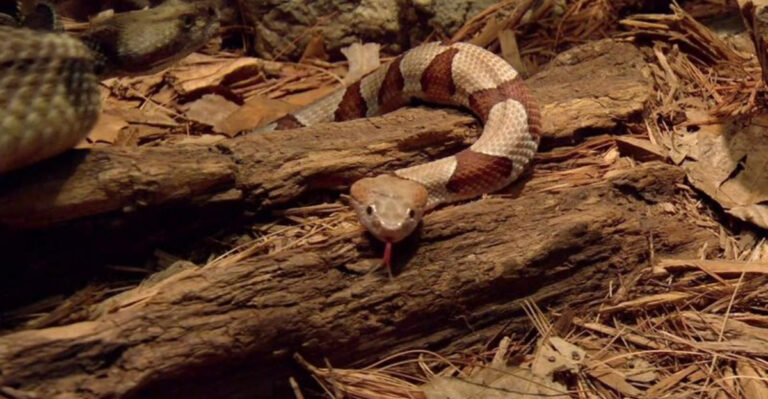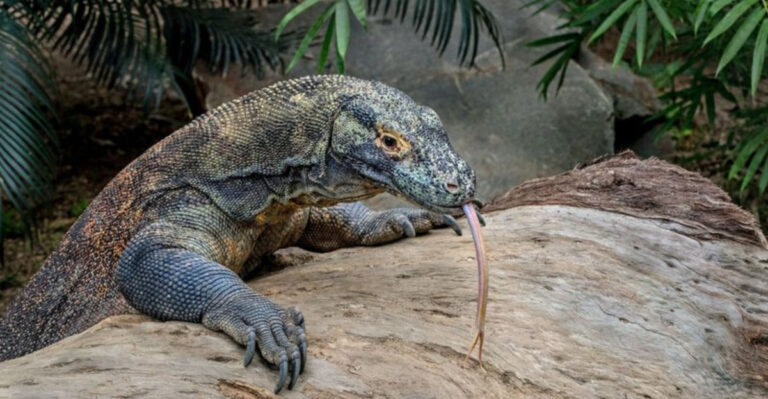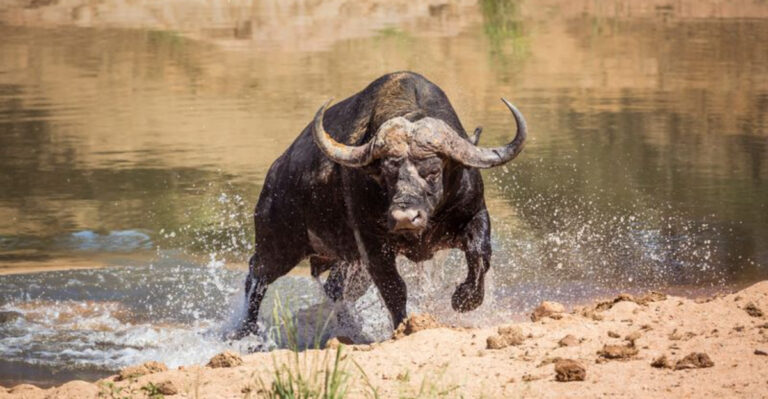North America’s Oldest Dinosaur Fossil Uncovered, Dating Back 230 Million Years
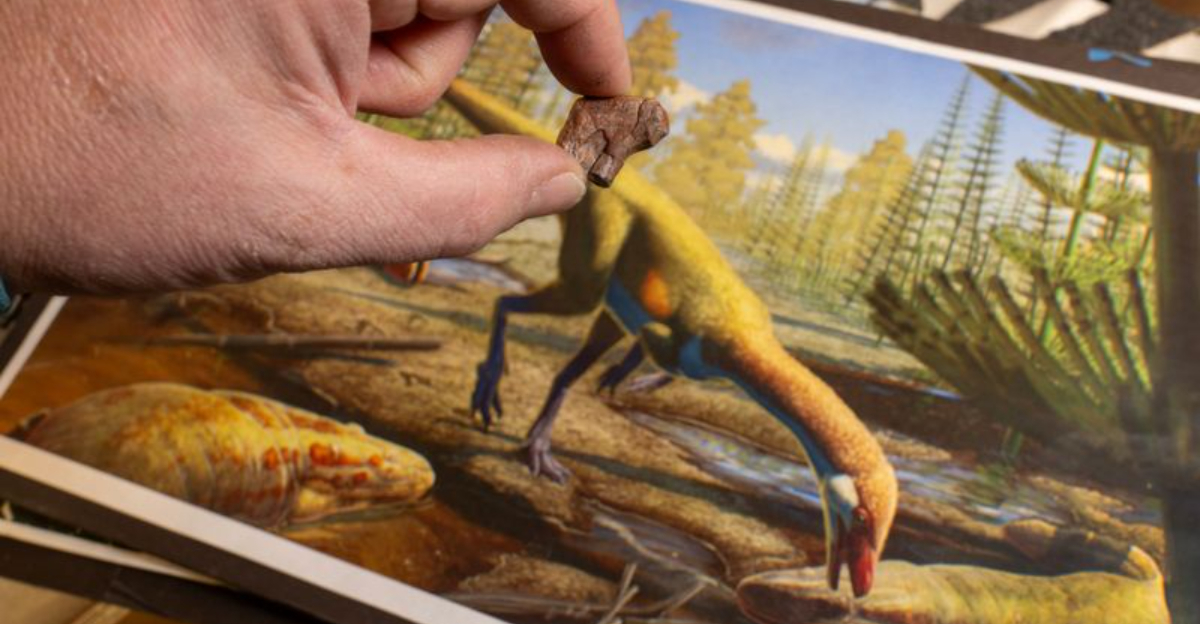
Scientists have made an incredible discovery in Wyoming that’s rewriting dinosaur history in North America.
They’ve uncovered the remains of Ahvaytum bahndooiveche, a dinosaur that lived about 230 million years ago during the Triassic period.
This amazing find pushes back the timeline of dinosaurs on our continent by millions of years and gives us new clues about how these magnificent creatures evolved and spread across the world.
How The Oldest Dinosaur Fossil In North America Was Found
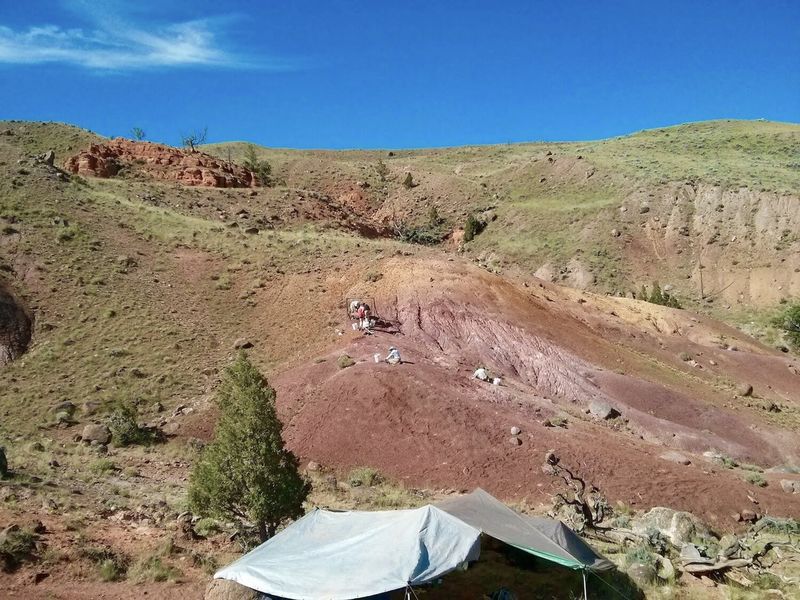
A lucky hiker stumbled upon an unusual bone fragment poking out from eroded rock in Wyoming’s rugged landscape. After reporting the find to local authorities, paleontologists rushed to the site to investigate what would become a groundbreaking discovery.
The team carefully removed layers of ancient sediment, revealing more bones with each passing day. Their excitement grew as they realized they weren’t dealing with just any dinosaur – but potentially the earliest one ever found on the continent.
Months of painstaking excavation followed, with specialists using dental picks and tiny brushes to free the ancient remains from their rocky tomb.
The Discovery Of Ahvaytum Bahndooiveche In Wyoming
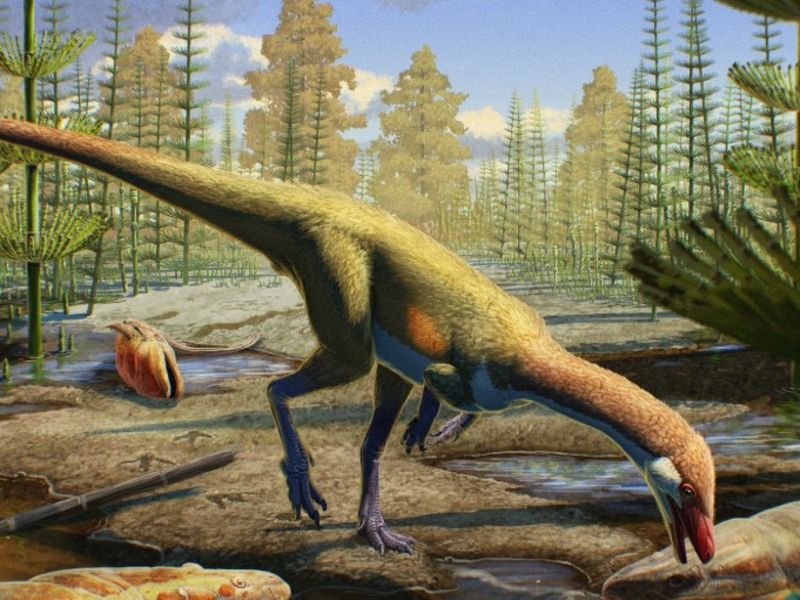
Named in the Eastern Shoshone language meaning “ancient lizard,” Ahvaytum bahndooiveche represents a monumental scientific breakthrough. The fossil was found in the Wind River Basin of Wyoming, an area rich with geological history but previously not known for Triassic dinosaur remains.
Scientists estimate this small dinosaur stood about waist-high to a human adult and likely walked on two legs. Its teeth suggest it was primarily a meat-eater, hunting smaller animals across the ancient landscape.
The fossil includes parts of the skull, spine, and limbs – providing a remarkably complete picture of this pioneering species.
What Makes Ahvaytum Bahndooiveche A Major Discovery
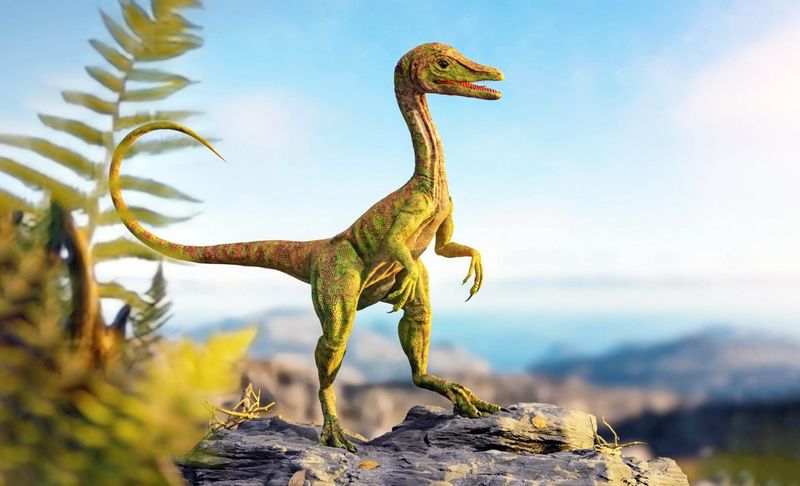
Imagine finding a missing puzzle piece that changes the whole picture! Before Ahvaytum, scientists thought dinosaurs arrived in North America much later. This fossil pushes that timeline back by millions of years, forcing experts to redraw their maps of dinosaur migration.
The creature shows unique adaptations not seen in other early dinosaurs. Its leg bones reveal powerful running abilities, while its jaw structure suggests specialized hunting techniques that helped it thrive in its environment.
Remarkably, Ahvaytum shares features with dinosaurs found in South America and Africa, hinting at previously unknown connections between continents during the Triassic period.
Inside The Excavation Of A 230 Million-Year-Old Dinosaur Fossil
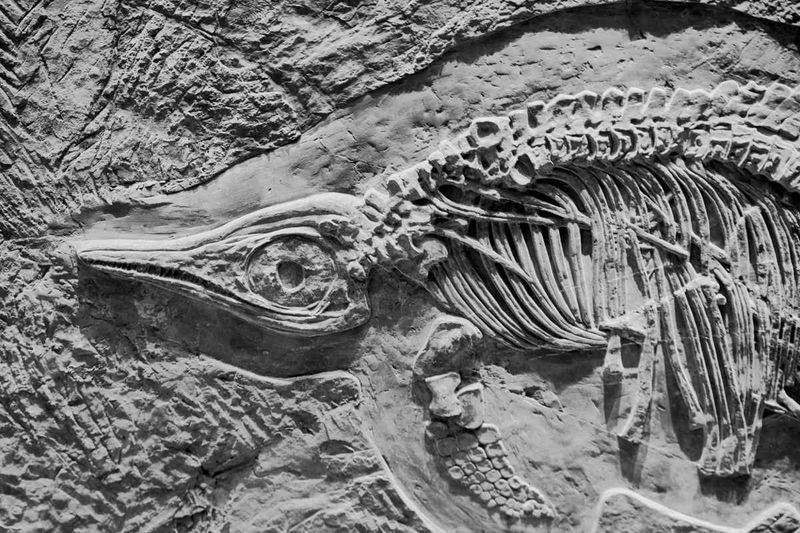
Removing a 230-million-year-old fossil requires more patience than opening a birthday present with mittens on! Paleontologists created a protective plaster jacket around the bones before carefully lifting them from the ground – a technique similar to how doctors cast a broken arm.
Special glues hardened the fragile bones to prevent them from crumbling during transport. The team documented everything with photographs, measurements, and detailed notes about the surrounding rock layers.
Back at the laboratory, scientists used tiny air-powered tools similar to dental drills to remove the remaining rock. This delicate process took thousands of hours before the full skeleton could be studied.
Ahvaytum Bahndooiveche And Its Place In Prehistoric History
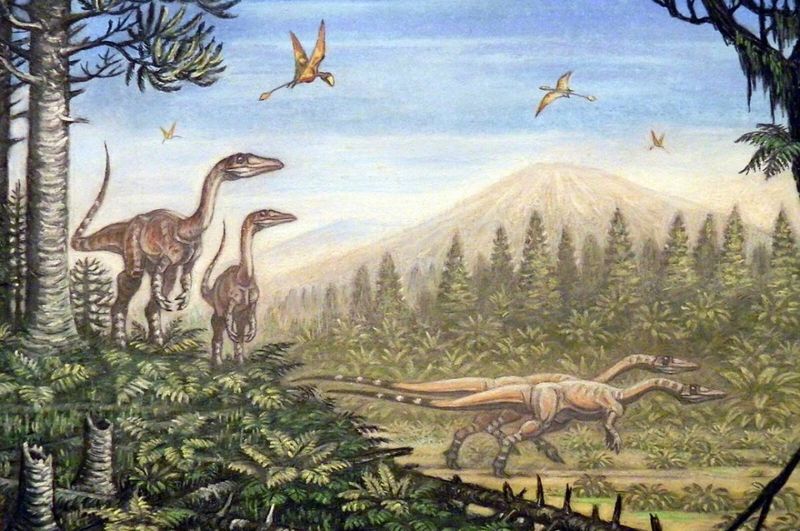
Picture North America 230 million years ago – a strange world where the continent sat closer to the equator, with hot, seasonal climates dominating the landscape. Ahvaytum roamed a very different Wyoming filled with primitive conifers and ferns instead of grassy plains.
This dinosaur lived alongside giant amphibians and early crocodile relatives in a time before T. rex or Triceratops even existed. The Triassic period marked the beginning of dinosaur dominance, with Ahvaytum representing one of the pioneering species.
As one of the earliest dinosaurs, it helps scientists understand how these creatures evolved from small, agile hunters into the diverse group that would rule Earth for 165 million years.
The Role Of The University Of Wisconsin-Madison In The Discovery
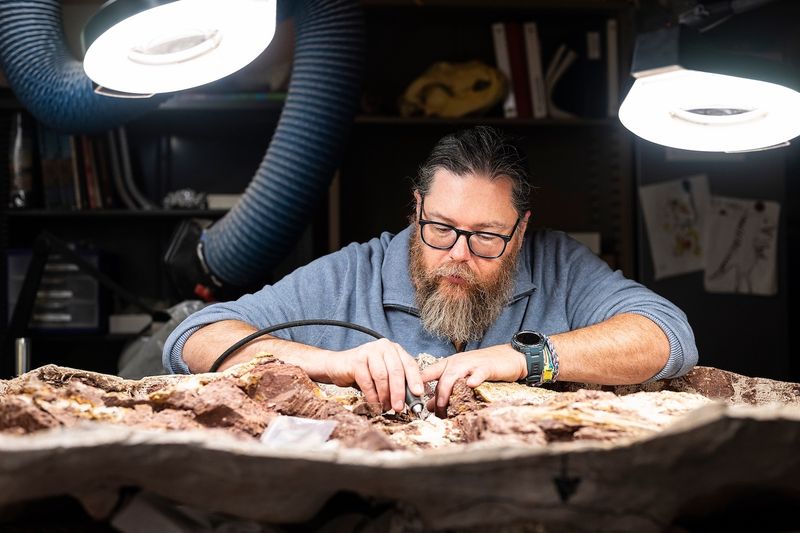
Professor Brian Axsmith’s team from the University of Wisconsin-Madison spearheaded this groundbreaking research. Their expertise in Triassic ecosystems proved crucial in recognizing the fossil’s importance when many might have overlooked it.
The university provided cutting-edge laboratory equipment for analyzing the ancient bones. Special CT scanning machines created 3D models of the fossil’s internal structures without damaging the irreplaceable specimen.
Graduate students played a vital role in the painstaking work of preparing and studying the remains. This discovery represents years of dedicated effort by the entire paleontology department, showcasing how academic institutions drive our understanding of Earth’s distant past.
How Wyoming’s Fossil Discovery Offers A Glimpse Into The Past
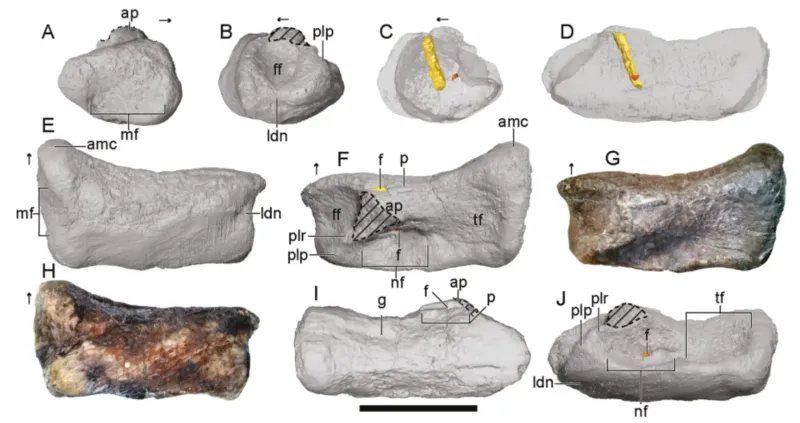
Wyoming’s unique geology preserved this ancient creature like a time capsule! The region’s layered rock formations act as pages in Earth’s history book, with each layer representing a different time period. Scientists can read these pages to understand what the world was like when Ahvaytum lived.
The surrounding rock contained pollen grains from extinct plants, revealing details about the ancient climate. Nearby volcanic ash layers allowed researchers to precisely date the fossil using radioactive elements.
Additional fossils found alongside Ahvaytum – including fish, insects, and plant remains – paint a complete picture of the ecosystem. This collection of evidence helps scientists recreate an entire world that disappeared millions of years ago.
What The Ahvaytum Bahndooiveche Fossil Reveals About Early Dinosaurs
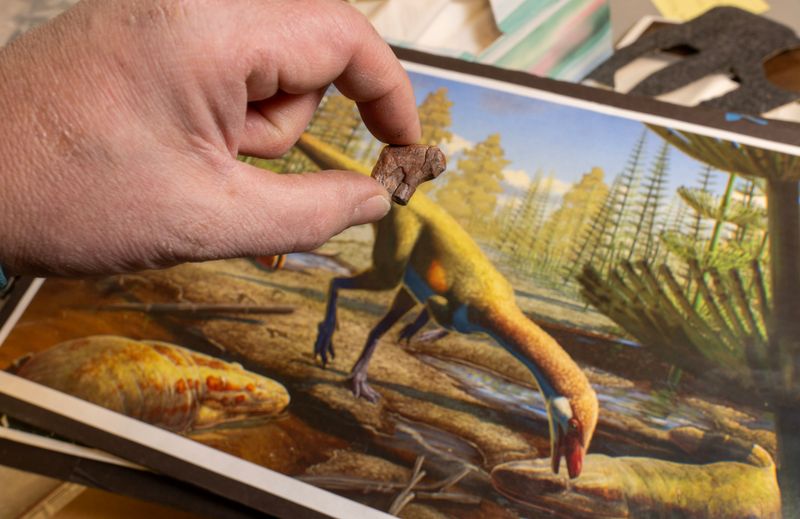
Small but mighty! Ahvaytum’s skeleton shows that early dinosaurs weren’t the giants we often imagine. Instead, they were quick, agile hunters competing with many other reptile groups for survival.
The fossil’s hip structure confirms it belongs to the theropod group – the same family that would eventually produce Velociraptor and T. rex. Its relatively large brain cavity suggests these early dinosaurs might have been smarter than their reptilian cousins, giving them a competitive edge.
Unique features in its spine show adaptations for efficient movement and breathing. These innovations likely helped dinosaurs outcompete other animals and eventually dominate Earth’s ecosystems for millions of years.
Why Wyoming’s Fossil Discovery Is Important For Dinosaur Research
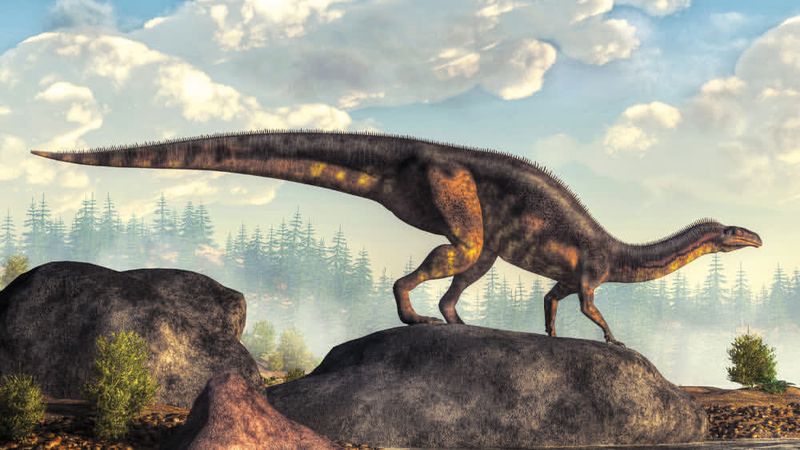
Before Ahvaytum’s discovery, a huge gap existed in North America’s dinosaur record! Scientists had plenty of fossils from later periods but almost nothing from the crucial early Triassic when dinosaurs first appeared. This fossil fills that gap, allowing researchers to track dinosaur evolution across the continent.
The finding challenges old theories about when and how dinosaurs spread around the world. Many experts believed dinosaurs evolved in South America and only later migrated north, but Ahvaytum suggests they may have been in North America much earlier than previously thought.
This single discovery has sparked dozens of new expeditions to Wyoming’s Triassic rocks, potentially leading to even more groundbreaking finds.
What We’ve Learned From The Ahvaytum Bahndooiveche Fossil
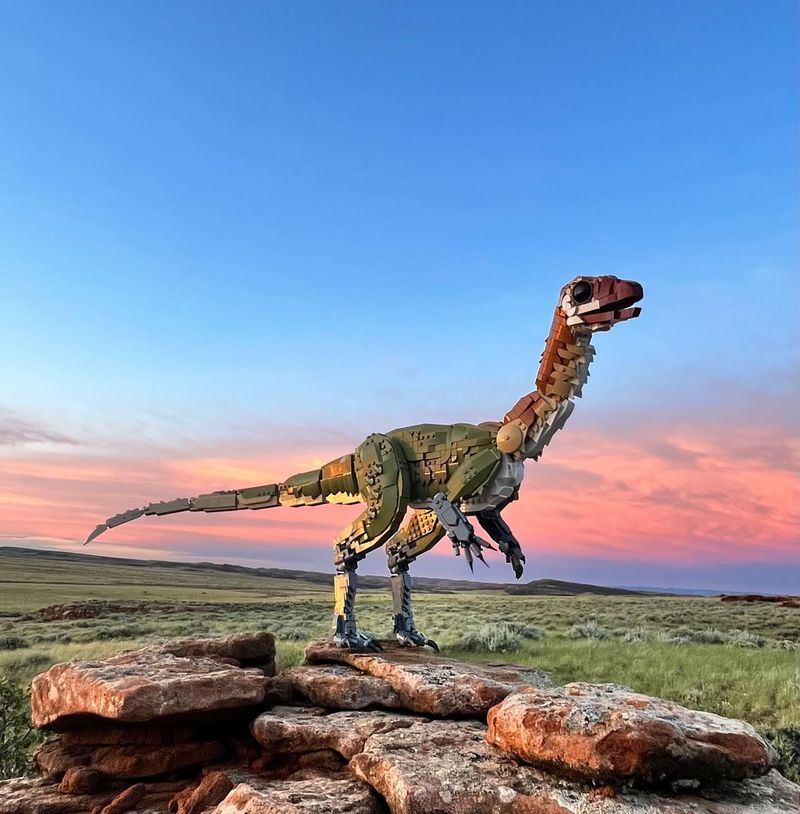
Genetic material doesn’t survive 230 million years, but Ahvaytum’s bones still tell an amazing story! Microscopic analysis of the fossil revealed growth rings similar to tree rings, showing this individual was about seven years old when it died and still growing.
Chemical signatures in the teeth indicate seasonal changes in diet, suggesting the dinosaur adapted to different food sources throughout the year. Subtle differences between Ahvaytum and its South American relatives point to rapid evolutionary changes as dinosaurs adapted to new environments.
Perhaps most exciting, tiny marks on the bones match the teeth of ancient crocodile relatives – evidence that even this groundbreaking dinosaur sometimes ended up as someone else’s dinner!

